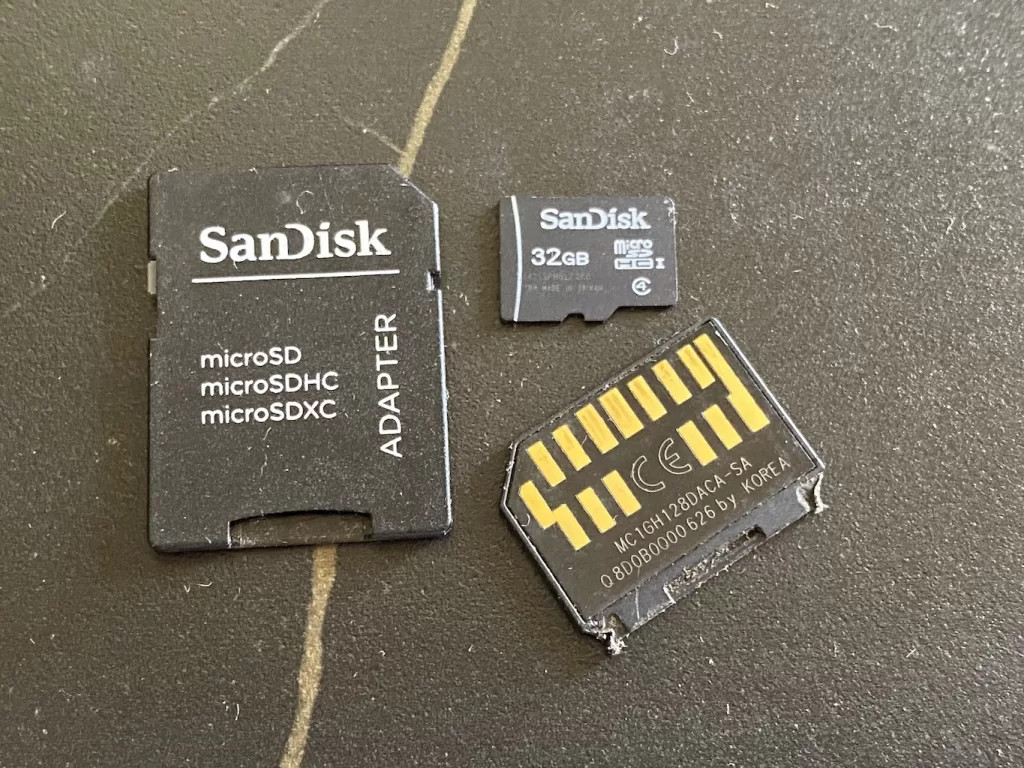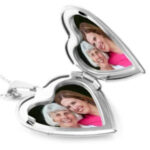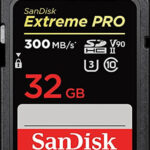Memory cards are essential for storing our precious photos and videos, whether we’re using a smartphone, DSLR, or action camera. If you’re wondering about storage capacity, particularly, “How Many Photos Can 128gb Hold?”, you’re in the right place. This guide breaks down the factors influencing photo storage and estimates how many photos you can expect to fit on a 128GB memory card and other sizes.
 Sandisk Extreme Memory Card 128 GB with 80 MB per Second
Sandisk Extreme Memory Card 128 GB with 80 MB per Second
Understanding the Factors Affecting Photo Storage on a Memory Card
Several elements determine how many photos a memory card can accommodate. Understanding these factors is crucial for estimating storage needs and making informed decisions when choosing a memory card.
-
Photo Resolution (Megapixels): The resolution of your photos, measured in megapixels (MP), directly impacts file size. Higher resolution images capture more detail and consequently require more storage space. For instance, a 24MP photo will generally be larger than a 12MP photo.
-
Image File Format (JPEG vs. RAW): The file format in which you save your photos is another significant factor.
- JPEG: This is a compressed format widely used for its smaller file sizes, making it efficient for storage and sharing. JPEG compression reduces file size by discarding some image data, which can slightly affect image quality, although often imperceptibly for everyday use.
- RAW: RAW files are uncompressed and contain all the image data captured by the camera sensor. This results in larger file sizes but provides photographers with maximum flexibility for editing and post-processing, as no data is discarded. Professional photographers often prefer shooting in RAW format for its superior image quality and editing latitude.
-
Compression Level (JPEG Quality Settings): When shooting in JPEG, cameras often offer different quality settings, which essentially control the level of compression applied.
- High Quality (Low Compression): This setting results in larger JPEG files with minimal compression, preserving more image detail.
- Standard or Basic Quality (Higher Compression): These settings increase compression, producing smaller files but potentially with a more noticeable loss in image quality if compression is too aggressive.
Estimating Photo Storage Capacity: How Many Photos Fit?
Now, let’s look at estimated photo capacities for different memory card sizes, considering both JPEG and RAW formats. Keep in mind these are estimations, and actual numbers can vary based on the specific factors mentioned above and camera model.
16GB Memory Card
In today’s photography landscape, 16GB is considered a smaller capacity, but it can still be useful for basic needs or as a backup card.
- JPEG (High Quality, ~4MB per photo): Approximately 4,000 photos.
- RAW (30-40MB per photo): Roughly 400-500 photos.
32GB Memory Card
A 32GB card offers a more comfortable capacity for everyday photography and is a common choice for casual users.
- JPEG (High Quality, ~4MB per photo): Approximately 8,000 photos.
- RAW (30MB per photo): Around 1,000 RAW photos.
64GB Memory Card
64GB provides substantial storage, suitable for enthusiasts and photographers who shoot a mix of JPEG and RAW or capture longer photo sessions.
- JPEG (High Quality, ~4MB per photo): Approximately 16,000 JPEG photos.
- RAW (30MB per photo): Around 2,000 RAW photos.
128GB Memory Card
A 128GB memory card is a sweet spot for many photographers, offering ample space for high-resolution photos and even some video recording. Specifically addressing the keyword, a 128GB memory card can hold approximately 32,000 JPEG photos (at 4MB per photo).
- JPEG (High Quality, ~4MB per photo): Around 32,000 JPEG photos.
- RAW (30MB per photo): Roughly 4,000 RAW photos.
256GB Memory Card
For serious photographers, content creators, or those shooting 4K video, 256GB cards offer significant capacity for extensive projects.
- JPEG (High Quality, ~4MB per photo): Up to 64,000 JPEG photos.
- RAW (30MB per photo): Around 8,000 RAW photos.
512GB Memory Card
Large capacity cards like 512GB are ideal for professional use, videography, or extended trips where offloading photos isn’t immediately possible.
- JPEG (High Quality, ~4MB per photo): Up to 128,000 JPEG photos.
- RAW (30MB per photo): Around 16,000 RAW photos.
1TB Memory Card
1TB memory cards represent the highest consumer capacity currently available, offering immense storage for massive photo and video libraries directly in your camera.
- JPEG (High Quality, ~4MB per photo): Approximately 256,000 photos.
- RAW (30MB per photo): Around 32,000 RAW photos.
Choosing the Right Memory Card Size for Your Needs
Selecting the best memory card size depends on your photography habits and needs. Here’s a quick guide:
-
Casual Users: If you primarily take JPEG photos for social media and family snapshots, a 32GB or 64GB card should suffice for most outings.
-
Photography Enthusiasts: If you shoot high-resolution JPEGs, some RAW, or enjoy longer photography sessions, a 128GB or 256GB card is a recommended choice, providing ample flexibility and storage.
-
Professional Photographers & Videographers: Professionals who shoot RAW, capture 4K or higher resolution video, or work on large projects will benefit significantly from 256GB, 512GB, or even 1TB cards. These larger capacities ensure you have enough space to handle demanding workflows without constantly swapping cards.
Additional Considerations for Memory Card Selection
Beyond capacity, other factors are important when choosing a memory card:
- Speed: Memory card speed, indicated by speed class ratings (like UHS-II, V30, V60, V90), is crucial, especially for shooting RAW bursts or high-resolution video. Faster cards ensure smooth data writing and prevent buffering or dropped frames.
- Reliability and Brand: Opt for reputable brands known for producing reliable memory cards to minimize the risk of data loss due to card failure. Brands like SanDisk, Sony, and Lexar are well-regarded in the industry.
- Regular Backups: Regardless of your memory card size, always make it a habit to back up your photos and videos regularly. Memory cards are hardware and can fail, and data loss can occur due to various reasons. Regular backups to your computer, cloud storage, or external hard drives are essential for safeguarding your valuable memories and work.
- Avoid Filling Cards Completely: It’s advisable not to fill your memory cards to their maximum capacity. Leaving some free space can help maintain card performance and prevent potential data corruption issues.
 Sandisk Card Adapter Micro SD card
Sandisk Card Adapter Micro SD card
Conclusion
Understanding “how many photos can 128gb hold” and the factors influencing memory card capacity is key to making informed choices for your photography needs. Whether you’re a casual shooter or a professional, selecting the right memory card size and considering factors like speed and reliability will contribute to a smoother and more efficient photography workflow. Remember to prioritize regular backups to protect your valuable images, regardless of the memory card size you choose.
Check out our EXIF Viewer by Fluntro App – which shows file size, resolution on your iPhone.
https://apps.apple.com/us/app/exif-viewer-by-fluntro/id944118456
Photo file size and resolution showed using EXIF Viewer by Fluntro iOS App.

